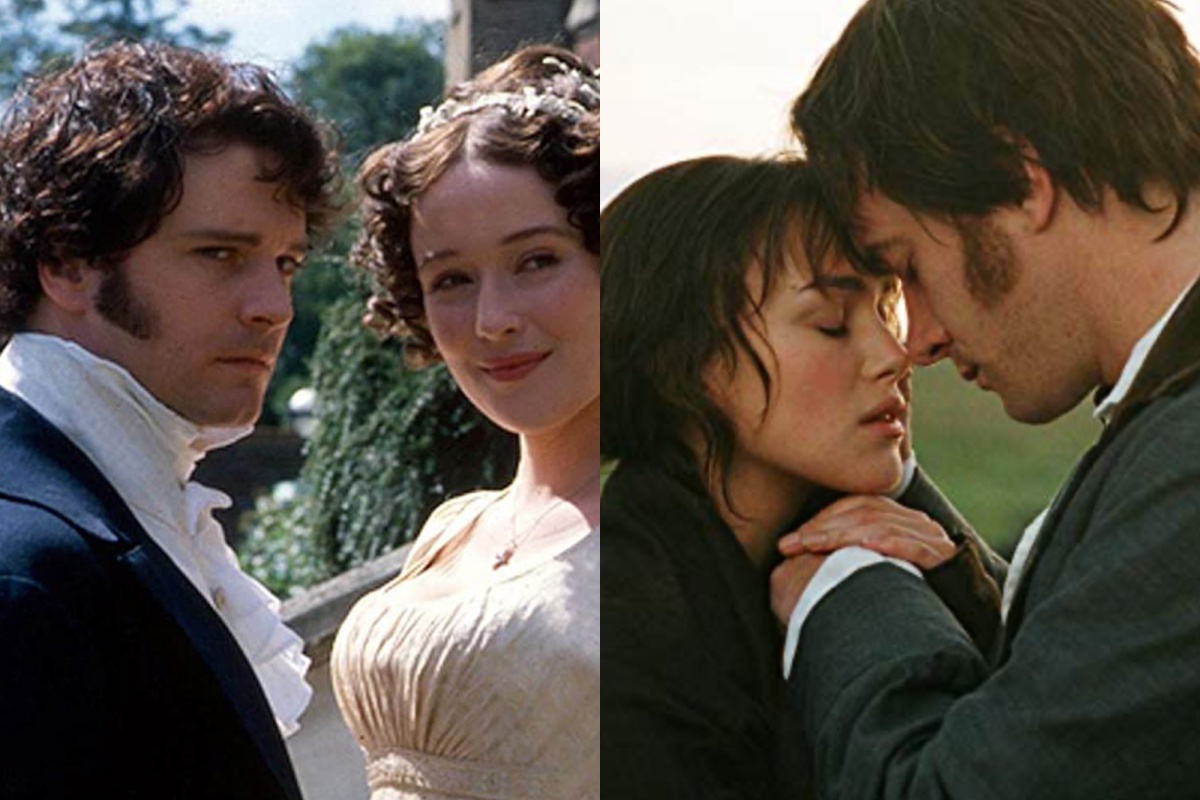
The Coen brothers’ new film “Hail, Ceasar!” is a cinephile’s dream. It is filled with references to a vast array of popular cliches inside the film industry of the 1950s, from gunslinging westerns to enormous swords and sandal epics. No part of post-war Hollywood is left untouched.
Following in the footsteps of their 1991 film “Barton Fink,” where a B-movie director of the same name underwent a complete mental breakdown in an attempt to bypass writer’s block, “Hail, Caesar!” takes place in the inner workings of Hollywood.
Following the story of Eddie Mannix, whose job it is to make issues on set disappear before they become problems, “Hail, Caesar!” is built around the kidnapping of George Clooney’s character, Baird Whitlock, who is about to finish one of the studio’s largest productions.
With Whitlock’s kidnapping now the top priority on Mannix’s schedule, Mannix is forced to juggle the press while dealing with all the other issues as quickly as possible. This leads to Eddie Mannix focusing on results rather than method, and causes him to be less than courteous to a few of the people causing issues.
Unfortunately, the narrative itself seems to be lackluster at best, with the movie seemingly not building to any climax and only marching on at a barely fluctuating pace. Of no help to the previous point, the entire story arc that deals with Scarlett Johansson’s character feels completely unnecessary to the plot whatsoever.
Despite being centered around the abduction of Baird Whitlock, what should be the main driver of “Hail, Caesar!” seems like more of a backdrop than anything else. As for the rest of the content that takes the foreground, most of the scenes have more in common with a “Saturday Night Live” skit than a section of a feature-length film.
Take Channing Tatum’s character Burt Gurney, for example. The beginning of his story arc and the dance number he champions provides very little to the actual plot of the film. Yet, while this scene is narratively useless, it is still quite enjoyable on its own, in addition to being lively, entertaining and, most notably, visually stunning.
In relation to the set of “Hail, Caesar!”, the Coen brothers executed an excellent job in both the accuracy of the pieces and the visual impact they had. Every section of the movie honestly feels like it belongs in the whacked world that was Hollywood in the 1950s.
Such a diversity between the quality of the narrative versus the quality of the visual components and historical tie-ins is what causes “Hail, Caesar!” to be so selective in the audience that it targets. It seems as if the movie was specifically made only to appeal to movie lovers, who for their part would be quite pleased with the film, but completely misses the mark with anyone who is not crazed with motion pictures.
Simply put, “Hail, Caesar!” is the perfect film for any movie fanatic but a lackluster display to most of those who fall outside this select group.

















